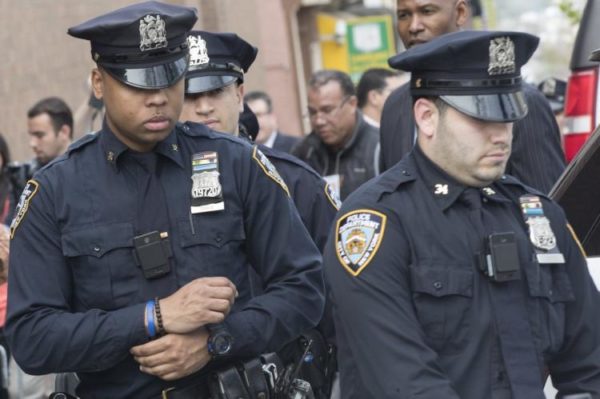January 28, 2014
By Assemblymember Patricia A. Fahy
Last week Governor Cuomo unveiled his proposed Executive Budget for this fiscal year. The state legislature has until March 31 to pass a budget, and assuming it will be passed on time, it will be the first time since 1973 that the State of New York passed four consecutive budgets in a row.
Below are highlights from Gov. Andrew Cuomo’s $137 billion budget proposal. There is good news in this budget and the Governor is to be commended for his overall fiscal restraint, which has led to a projected surplus and may provide some property tax relief, along with his support for campaign finance and ethics reform. As would be expected, however, there are some key program areas that I think are being shortchanged and tax cuts for banks and large estates that may go too far. I will continue to speak out on some of these concerns and share more information over the next few weeks. (To read the full budget proposal, visit Governor Cuomo’s budget website here):
Overall funding for programs. The Executive Budget proposal increases state spending by 1.7 percent, from $90.5 billion to $92.3 billion. The all-funds budget – which includes federal funds – is $137.2 billion, a $1.8 billion increase from the current year.
Another round for local economic grants. The Governor proposes $150 million for the fourth round of the Regional Economic Development funds and $75 million in tax credits and incentives through the Regional Economic Development Councils, which have increased regional collaboration, community revitalization, and business growth to spur job creation based on regional priorities.
Combating public corruption and increasing ethics enforcement. Governor Cuomo is proposing tougher anti-corruption measures, including bills that would make it easier for prosecutors to prove bribery, create a misdemeanor charge for public officials or employees who don’t report a bribery attempt, and impose a lifetime ban from holding a government position if someone is convicted under one of the new laws.
Fair elections. The Executive Budget proposes a system of using public funds to match donations of under $175 to political campaigns at a six-to-one rate (similar to one passed in the Assembly last year) and is intended to mitigate the influence of money or the "pay to play culture" in politics.
Increasing aid to education. The Executive Budget includes a 3.1 percent or $608 million increase in direct education aid, while proposing a $2 billion borrowing plan to fund technology upgrades in classrooms. Most local school districts anticipate more cuts as a result of this limited increase. Almost 70 percent of school districts have less operating aid than they did five years ago before the recession. Additional funding, is clearly needed for education if our goal is to ensure that children across New York become college and career ready.
Funding universal, full-day Pre-K. The Executive Budget proposal calls for $1.5 billion over five year to implement universal, full-day pre-kindergarten across the state, as well as $720 million over five years to expand afterschool programs. I am pleased with the Governor committing to statewide support for critical after school programs and Pre-K classes, and will continue to advocate that this does not come at the expense of restoring K-12 education aid to previous levels.
Re-evaluating Common Core. The budget also calls for the creation of a panel to examine the state’s implementation of Common Core standards and testing in schools and recommend legislative changes; however, these recommendations are not due until the end of session, which is of concern given the need for more immediate remedies and relief on testing.
Full scholarships for top high school students entering SUNY and CUNY. The budget calls for an innovative new $8 million program STEM scholarship program to provide a full tuition scholarship to the top ten percent of high school graduates if they pursue a STEM career and work in New York State for five years after graduation.
Tax cut proposals. The budget includes $2 billion tax-cut package over three years, with a two-year property-tax freeze available to property owners who live in a municipality that stays within the state’s tax cap and in a county that consolidates services. Some of these cuts may help to spur manufacturing growth in upstate New York but other tax cuts, such as estate tax cuts and bank tax cuts, appear to be overly generous when other programs and services face funding shortfalls.



